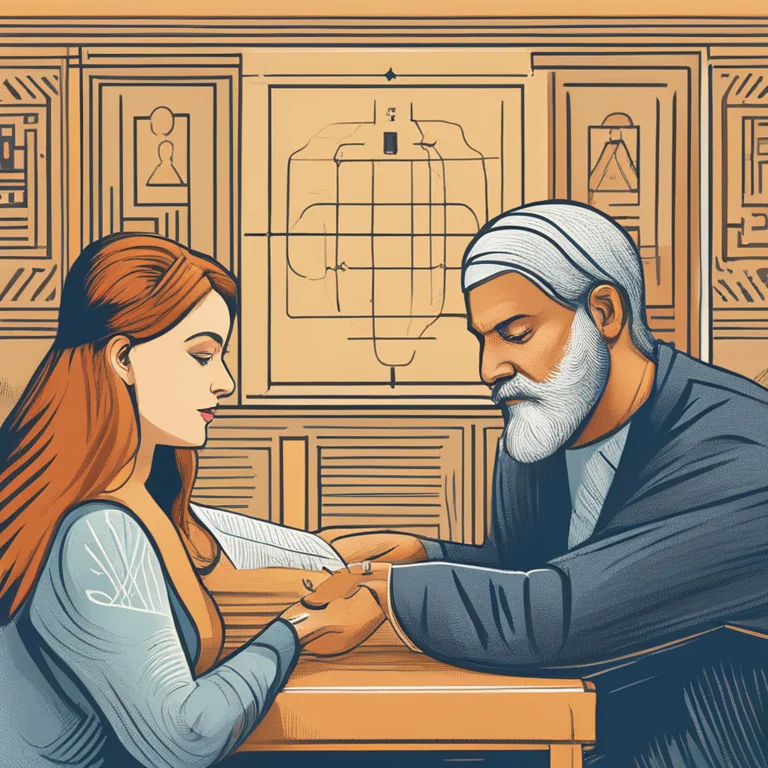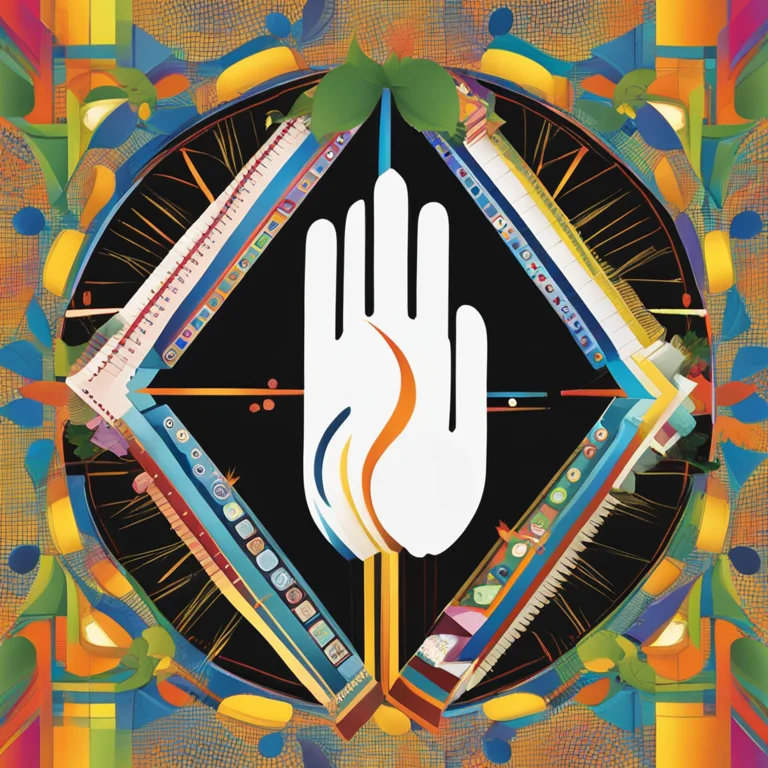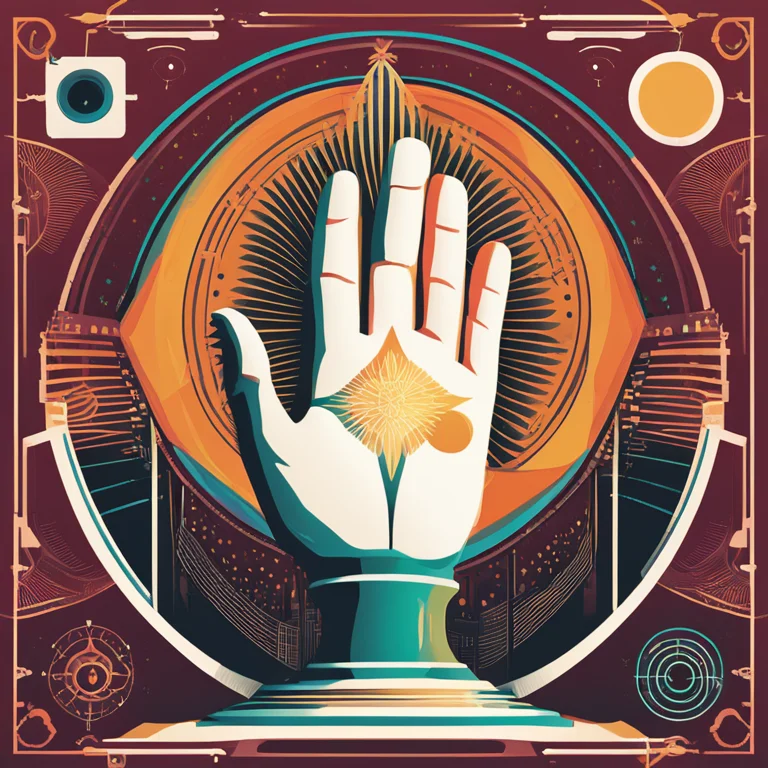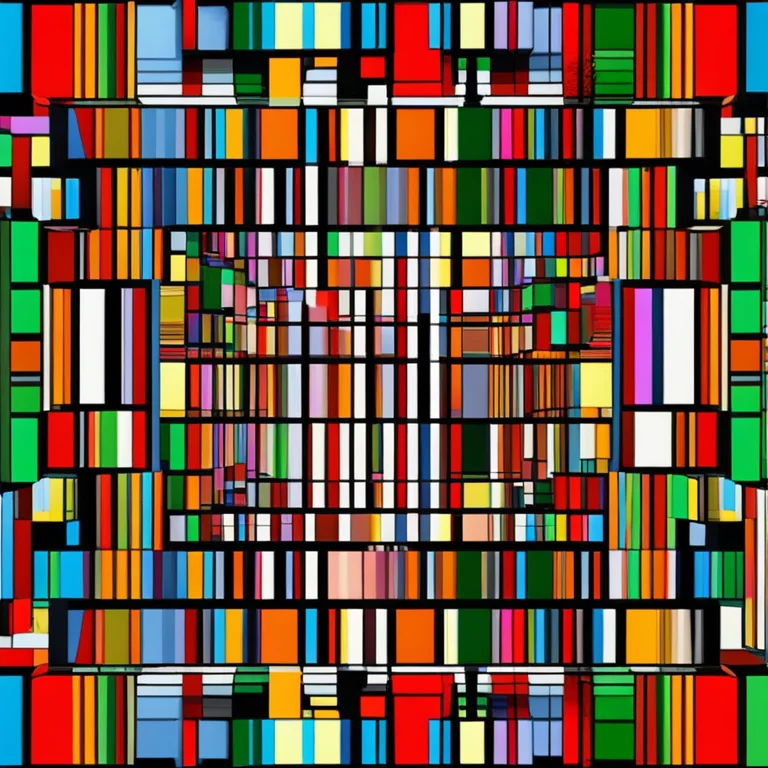
Does Palmistry Evolve Over Time? Unlocking The Truth
Discover whether palmistry's interpretations and methods adapt with the changing times in the modern world.
article by Nora Pennington
Palmistry: A Timeless Practice?
Palmistry, also known as chiromancy, has been practiced for centuries, rooted in various cultural traditions around the world. It is often seen as a static art, with specific lines and mounts on the palm dictating unchangeable destinies. However, the question arises: does this ancient practice evolve with time? In today’s fast-paced, digital age, the relevance and adaptability of palmistry are more critical than ever. With new lifestyles and technologies emerging, we explore how palmistry keeps pace with contemporary life, maintaining its allure and significance among enthusiasts.

Modern-Day Adaptations in Palmistry
While the foundational principles of palmistry remain relatively constant, the interpretation of these lines and signs may change contextually. Modern palmists are now considering factors like technology usage, which can affect the hand's musculature and lines over time. Additionally, lifestyle shifts, such as less manual labor or new types of repetitive motions associated with contemporary gadgets, might introduce changes in the palm that could signify new meanings or adjustments in old interpretations.

The Role of Psychology in Palmistry
Current palmistry practices increasingly incorporate psychological insights. This integration allows for a more nuanced approach, considering an individual’s experiences, personality, and choices, alongside the traditional palm reading techniques. Such contemporary perspectives suggest that the lines and markings are not just preordained symbols but also reflections of an individual’s mindset and behavioral patterns, possibly revealing tendencies rather than a fixed fate.

Changing Tools and Techniques
Advancements in technology have introduced new tools for palmists. High-resolution scanning and imaging techniques enable a more detailed analysis of the palm, potentially uncovering subtleties that were previously overlooked. With algorithm-based interpretations starting to make their way into the field, there is a blend of traditional practices with cutting-edge, data-driven insights, potentially reshaping the future of palmistry readings.

Critical Views and Scientific Scrutiny
With growing scientific scrutiny, palmistry is often critiqued for its lack of empirical evidence. This skepticism has pressured the practice to either substantiate its claims or risk being labeled as pseudoscience. Some modern practitioners strive for greater credibility by seeking correlations with genetic markers or personality traits, although such efforts are still largely speculative and not widely accepted in the scientific community.
Cultural Perception and Acceptance
Societal views on palmistry also evolve, impacting its practice. In certain regions, palmistry experiences a renaissance as part of a broader interest in spirituality and personal well-being. Conversely, in other areas, it may face diminishing interest due to cultural or religious shifts. Thus, palmists might adapt by aligning their practices with contemporary spiritual or wellness trends to remain relevant.
The Power of Personal Beliefs
Ultimately, the fate of palmistry may rest in the hands of the believers. If individuals continue to find value and insight in palm readings, the practice will evolve to meet their needs and reflect their beliefs. Palmists who listen to their clientele and evolve their interpretations accordingly will likely find that palmistry remains a meaningful aspect of exploring one’s potential, choices, and life path.
Published: 1/11/2024
Modified: 1/12/2024
More predictions
Come back here soon to learn more about yourself and your future


The Secrets of the Jupiter Mount & Palmistry
Discover the significance of the Jupiter Mount in palm reading and how it reflects your leadership and ambition.


Palm Lines: A Guide to Your Hands' Secrets
Learn the art of reading palm lines with our straightforward guide. Discover what your hands reveal about your personality, destiny, and life!


The Impact of the Jupiter Mount in Palmistry
Discover the impact of the Jupiter Mount on your life through palm reading. Learn about its meaning and significance in palmistry.